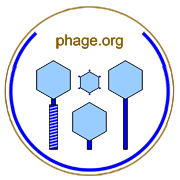
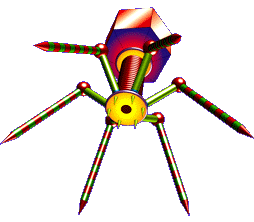
Abstract: [no abstract]
From p. 179-180: "A new potential for the control of harmful blue-green algae and, in addition, a possible factor in the fluctuations of blue-green population densities in nature are the Cyanophages recently discovered by Safferman and Morris (39-42). The widespread occurrence of these phages in waste stabilization ponds (42) as well as fish ponds in Isreal (43) and their relation to blue-green cycles in natuire stresses their importance, These viruses bear a striking resemblance to bacteriophages in their ultramicroscopic morphology as well as in the pattern of their infective cycles (43-46). The similarity between these cyanophages and bacteriophages may constitute yet another important characteristic showing the close relationship of the bacteria and the blue-green algae. ¶ From an economic viewpoint, a viral algicide could be a relatively inexpensive means of control. Once established in an algal bloom, the virus would disseminate naturally from its initial focus. So far, cyanophages, active only against Plectonema and closely related genera, have been found. It is conceivable, however, that cyanophages active against other genera of blue-green algae exist as well. The recent finding of the cyanovirus SMI (42) which attacks and lyses unicellular species of blue-green algae confirmed this. However, the appearance of phage-resistant mutants of Plectonema at a rate of 10-7 (43) may be an important limitation to any practical application of the virus in large-scale control."
Return to Home or see Phage Terms/Glossary. Contact web master.
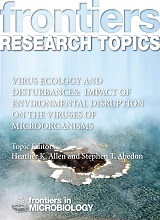
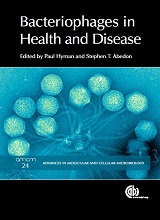


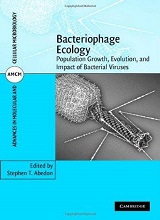
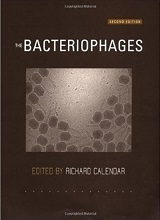
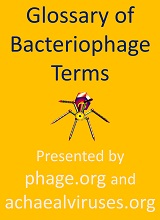
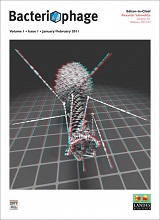




[full text not included]